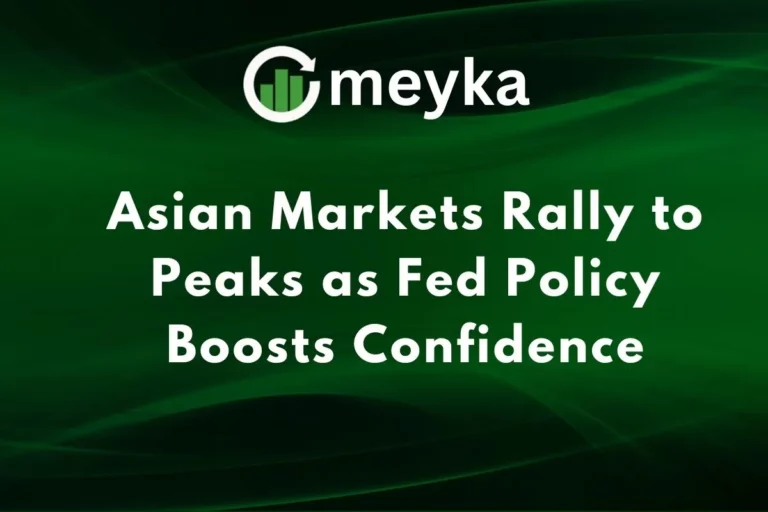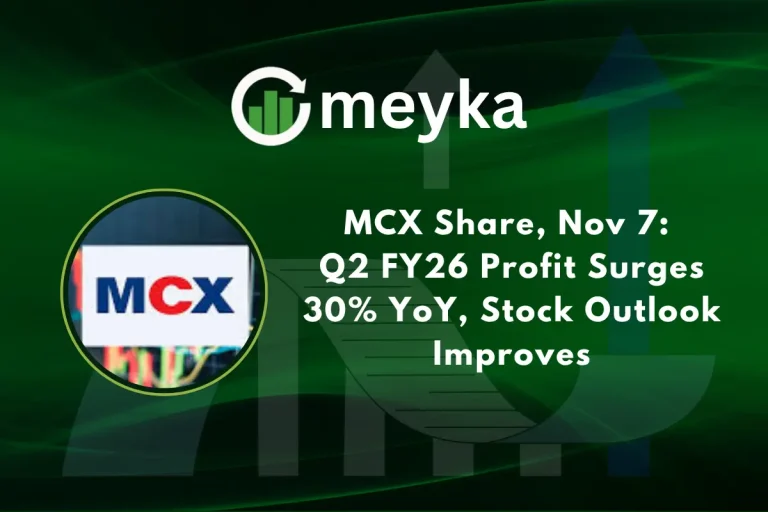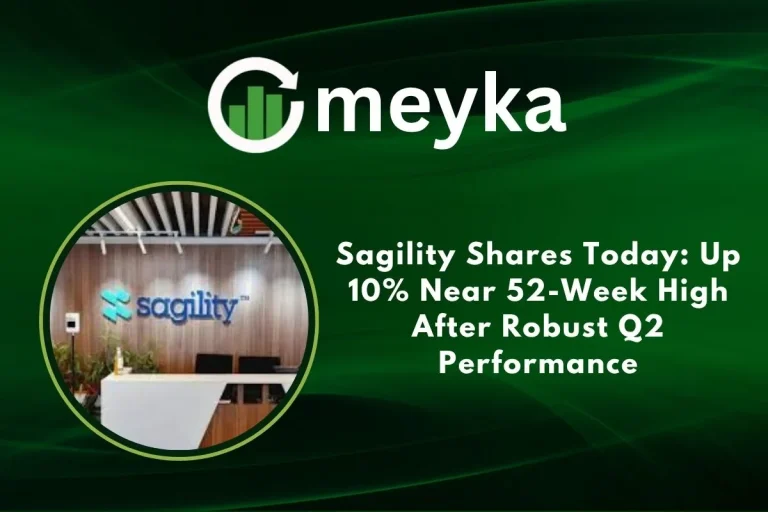G7 Meet: Bloc Discusses Strategy to Reduce Dependence on China’s Mineral Supply Chain
At the recent Group of Seven (G7) meeting, leaders confronted a clear fact: their economies are heavily reliant on China for critical minerals. Data show that China mines about 60 % of the world’s rare earths and processes roughly 90 % of them. This dependence creates a strategic vulnerability for technology, clean-energy, and defense supply chains. In response, the G7 drafted and discussed a multistep strategy aimed at diversifying and securing supply chains for critical minerals. For investors and industry watchers alike, this signals a heavy push toward supply-chain resilience and geopolitics influencing commodity flows.
The Strategic Shift at the G7 Meet
From Draft to Action Plan
The G7 Meet surfaced a draft statement on June 16,, 202,5 acknowledging that non-market practices and concentrated processing of critical minerals in China threaten economic and national security. The plan emphasizes three key pillars: diversifying mining and processing, strengthening manufacturing and recycling, and coordinating responses to supply disruptions. This shows the bloc moving from rhetoric into structural policy.
Why Supply Chains Matter Now
Critical minerals such as neodymium, dysprosium, and lithium power everything from electric vehicles to missiles. China’s dominance (mining ~60% and processing ~90 %) creates a chokepoint. By raising export controls and targeting downstream technologies, China has underscored the leverage this control grants. For investors, this means upstream miners and processing companies outside China may become strategic beneficiaries.
Market Implications & Investment Themes
Mining and Processing Opportunities
At the G7 Meet, member states pledged to accelerate investments and simplify permitting for new mining and processing projects. This opens a larger addressable market: processing capacity outside China may need a decade to catch up, analysts project about 10 years. For investors, that means companies active in rare-earth extraction, processing, or refining in allied countries may benefit from policy tailwinds.
Downstream Manufacturing & Recycling Build-out
The strategy also focuses on manufacturing magnets, batteries, etc., and recycling critical minerals to shorten the supply chain. If “digging and shipping” is insufficient, the G7signals supports full value-chain projects. This means vertically integrated firms or those working with allies could gain an edge. For investors, tracking firms with secure offtake, processing, and end-use contracts will be key.
Geopolitical Risk & Resilience in Focus
China’s Leverage and G7’s Counter-move
China’s ability to tighten export access to rare earths gives it strategic leverage. The G7 Meet recognized that and decided not only to diversify but also to coordinate responses to potential disruptions. This means geopolitics will increasingly influence commodity flows and valuations. For investors, assessing supply-chain risk becomes critical.
Diversification Isn’t Quick
Despite commitments at the G7 Meet, analysts caution that breaking China’s dominance will take time. For example, refining capacity outside China is limited, and building it will require investment, infrastructure, and permitting. For investors, patience is required: gains may be long-term, not immediate.
Investor Reaction / Market Sentiment
Social sentiment reflects growing concern about supply-chain vulnerabilities. On Reddit, several threads flagged the risk:
This active discussion among investors signals that the G7 Meet’s supply-chain agenda is resonating in financial circles.
Conclusion
The G7 meeting made one thing clear: countries do not want to rely on China for key minerals anymore. Leaders are now focused on building safer and more diverse supply chains for rare earths and battery metals. This shift will take time, but it opens long-term opportunities for mining, processing, and clean-tech projects outside China.
For investors, the path is simple: watch companies and countries building local mineral capacity and forming strong supply partnerships. The G7 move is not just policy talk; it signals a real global reset in resource strategy, and those who position early may benefit as this new supply chain era grows.
FAQS:
The G7 Meet resulted in a draft strategy and action plan emphasizing diversification of mining, processing, and manufacturing of critical minerals. It stated that current supply-chain vulnerabilities arising from China’s dominance must be addressed.
China currently mines about 60 % of the global rare-earth supply and processes around 90 %. That means it controls not only extraction but the higher-value refining and manufacturing steps.
Investors should monitor companies engaged in mining, refining, and manufacturing of critical minerals outside China. Focus on firms with offtake agreements, government backing, or supply-chain diversification. Also, assess risk across timing, regulatory approval, and infrastructure.
No. Analysts estimate that dismantling China’s dominance may take about 10 years because setting up refining capacity, processing infrastructure, and supply-chain networks is capital- and time-intensive.
Risks include execution delays (e.g., mine development, permitting), geopolitical escalation, price volatility in critical minerals, and potential oversupply if multiple regions ramp up simultaneously. Investors should keep these in mind alongside potential rewards.
Disclaimer:
The content shared by Meyka AI PTY LTD is solely for research and informational purposes. Meyka is not a financial advisory service, and the information provided should not be considered investment or trading advice.






